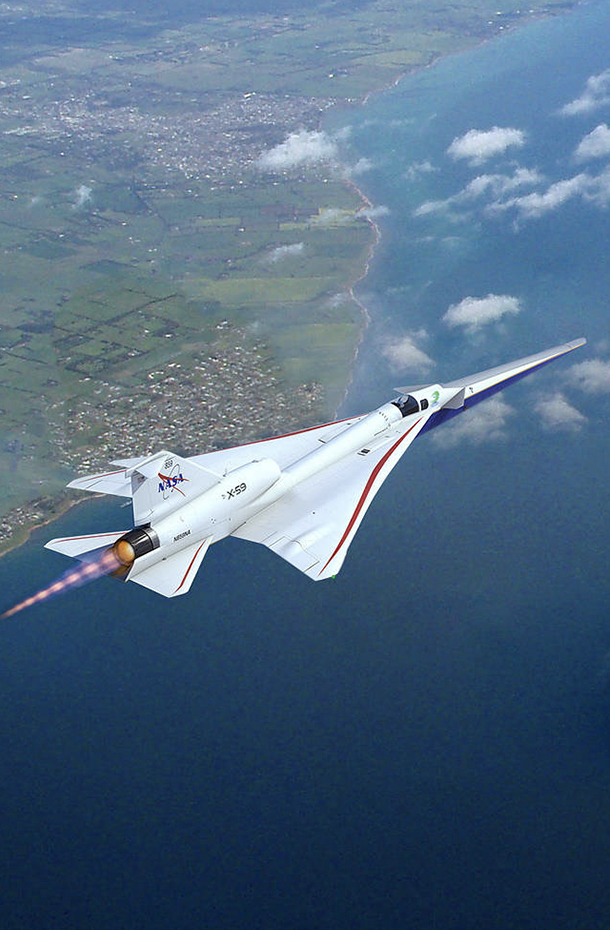4 min read
Preparations for Next Moonwalk Simulations Underway (and Underwater) 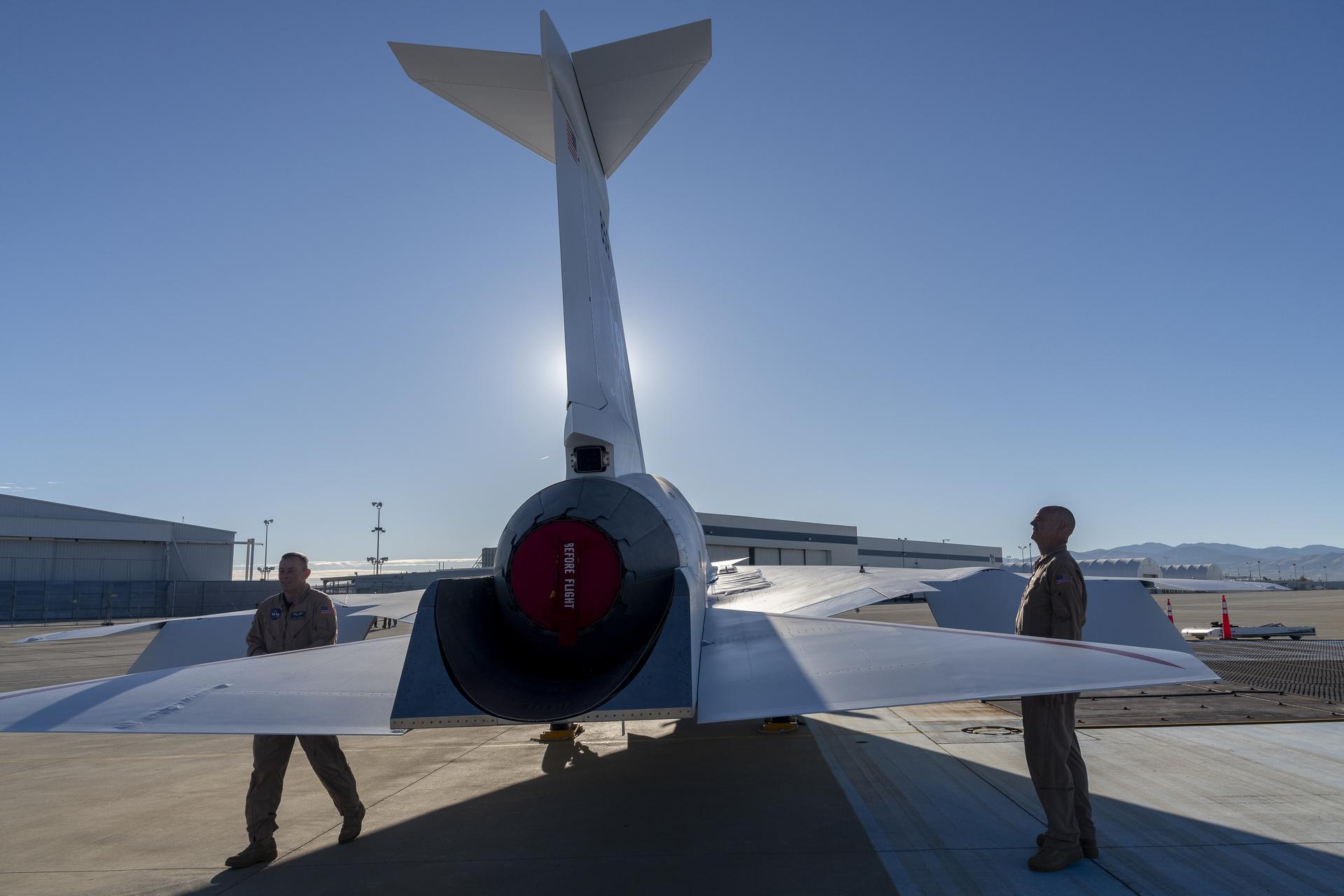 NASA and Lockheed Martin test pilots inspect the painted X-59 as it sits on the ramp at Lockheed Martin Skunk Works in Palmdale, California. The X-59 is the centerpiece of NASA’s Quesst mission, which seeks to solve one of the major barriers to supersonic flight over land, currently banned in the United States, by making sonic booms quieter.NASA / Steve Freeman NASA has taken the next step toward verifying the airworthiness for its quiet supersonic X-59 aircraft with the completion of a milestone review that will allow it to progress toward flight.
NASA and Lockheed Martin test pilots inspect the painted X-59 as it sits on the ramp at Lockheed Martin Skunk Works in Palmdale, California. The X-59 is the centerpiece of NASA’s Quesst mission, which seeks to solve one of the major barriers to supersonic flight over land, currently banned in the United States, by making sonic booms quieter.NASA / Steve Freeman NASA has taken the next step toward verifying the airworthiness for its quiet supersonic X-59 aircraft with the completion of a milestone review that will allow it to progress toward flight.
A Flight Readiness Review board composed of independent experts from across NASA has completed a study of the X-59 project team’s approach to safety for the public and staff during ground and flight testing. The review board looked in detail at the project team’s analysis of potential hazards, focusing on safety and risk identification.
Flight Readiness Review is the first step in the flight approval process. The board’s work will provide the X-59 team with insights and recommendations toward systems checkouts on the ground and first flight.
“It’s not a pass-fail,” said Cathy Bahm, NASA’s Low Boom Flight Demonstrator project manager. “We’ll be getting actions from the board and will work with them to resolve those and work toward the Airworthiness and Flight Safety Review.”
NASA and prime contractor Lockheed Martin are developing the X-59 to reduce the sound of a sonic boom to a quieter “thump.” The aircraft is at the center of NASA’s Quesst mission, which will use it to gather data that could revolutionize air travel, potentially paving the way for a new generation of commercial aircraft that can travel faster than the speed of sound.
Commercial supersonic flight over land has been banned for more than 50 years because of the noise of sonic booms.
X-59 Team Update “The Flight Readiness Review focused on specific aspects of the X-59 team’s work on the aircraft, but also served as an overview and update on the entire project,” said Jay Brandon, chief engineer for the Low Boom Flight Demonstrator project.
“It gave us the opportunity to stop working for a minute and gather what we’ve done so we could tell our story, not just to the board, but to the whole project team,” Brandon said.
With the Flight Readiness Review complete, the upcoming Airworthiness and Flight Safety Review will be the next safety milestone.
The Airworthiness and Flight Safety Review board includes senior leaders from several NASA centers and Lockheed Martin. It will review findings from the Flight Readiness Review, as well as the project team’s response to those filings. The board will send a recommendation to NASA Armstrong Flight Research Center’s director, who signs the airworthiness certificate.
Finally, the team will provide a technical brief to another review board based on test objectives, how the tests are being carried out, the risks involved, and the risk-mitigation actions the team has taken. The X-59 team would have to address any issues raised in the brief before the board, led by NASA Armstrong chief engineer Cynthia J. “CJ” Bixby, will sign a flight request.
“It’s really an exciting time on the project,” Bahm said. “It’s not an easy road, but there’s a finite set of activities that are in front of us.”
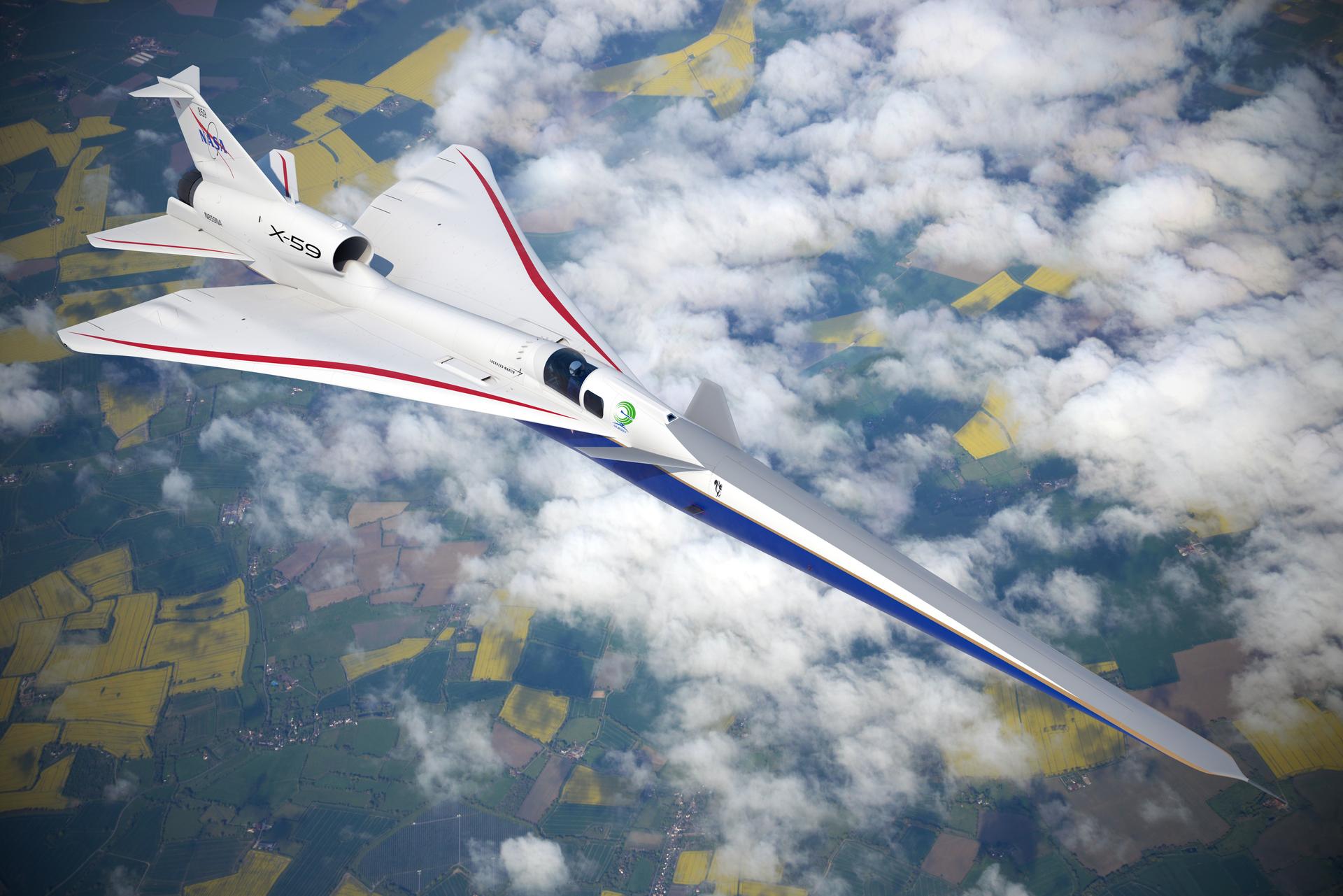 Artist illustration of the X-59 in flight over land.Lockheed Martin The Path Forward There are significant steps to be completed before flights can begin. The X-59 team is preparing for upcoming major ground tests focused on systems integration engine runs, and electromagnetic interference.
Artist illustration of the X-59 in flight over land.Lockheed Martin The Path Forward There are significant steps to be completed before flights can begin. The X-59 team is preparing for upcoming major ground tests focused on systems integration engine runs, and electromagnetic interference.
The X-59 aircraft is a bold, new design, but many of its components are from well-established aircraft, including landing gear from an Air Force F-16 fighter, a cockpit canopy from a NASA T-38 trainer, and a control stick from an Air Force F-117 stealth fighter are among those parts.
“None of these systems have ever worked and played together before,” said Brad Neal, chairman for the X-59 Airworthiness and Flight Safety Review board. “It’s a brand-new thing that we are developing, even though they’re components that have been on different legacy aircraft. As we get into integration testing here, it’s going to be a great opportunity to learn.’’
Facebook logo @NASA@NASAaero@NASA_es @NASA@NASAaero@NASA_es Instagram logo @NASA@NASAaero@NASA_es Linkedin logo @NASA
Keep Exploring Discover More Topics From NASA Missions


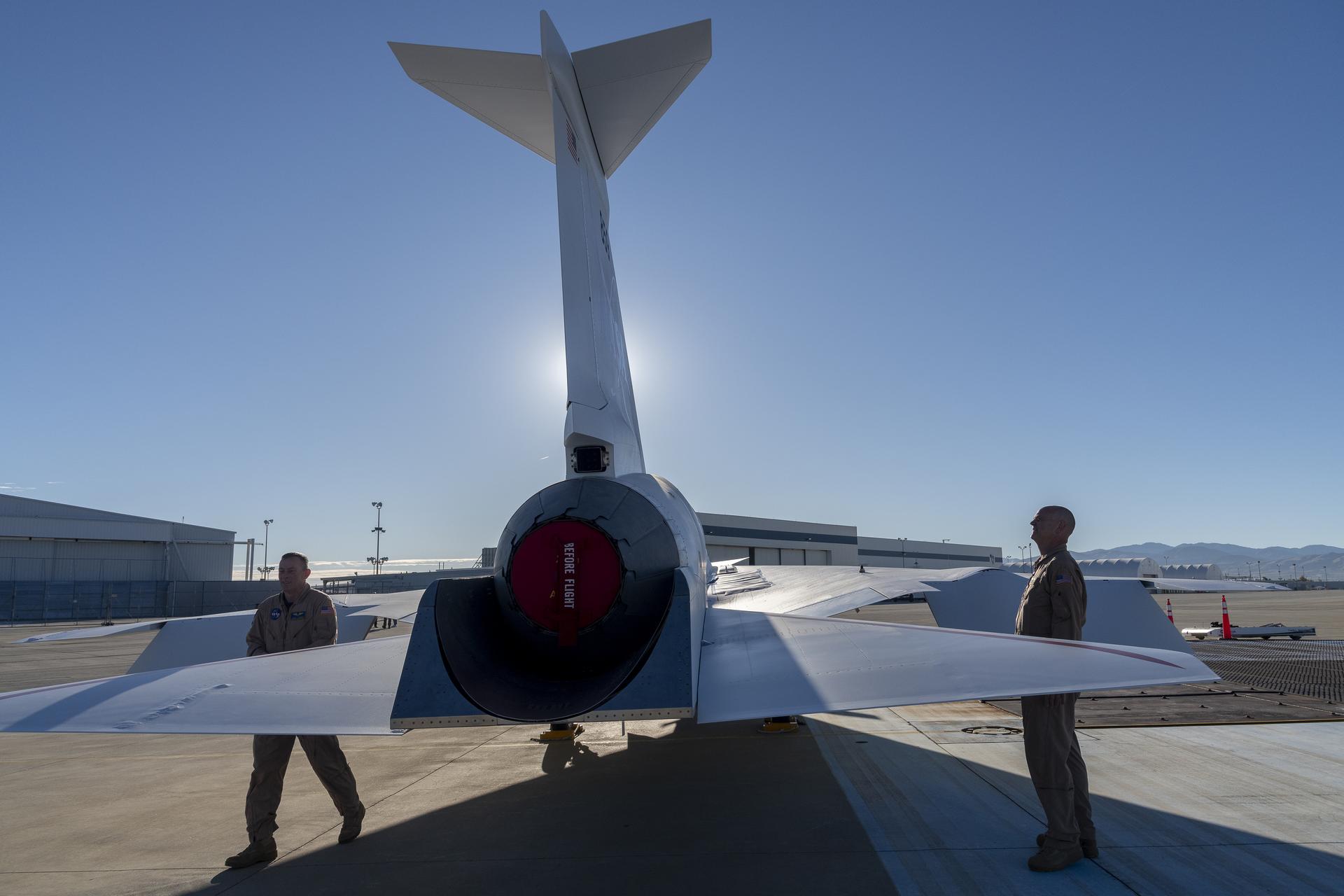
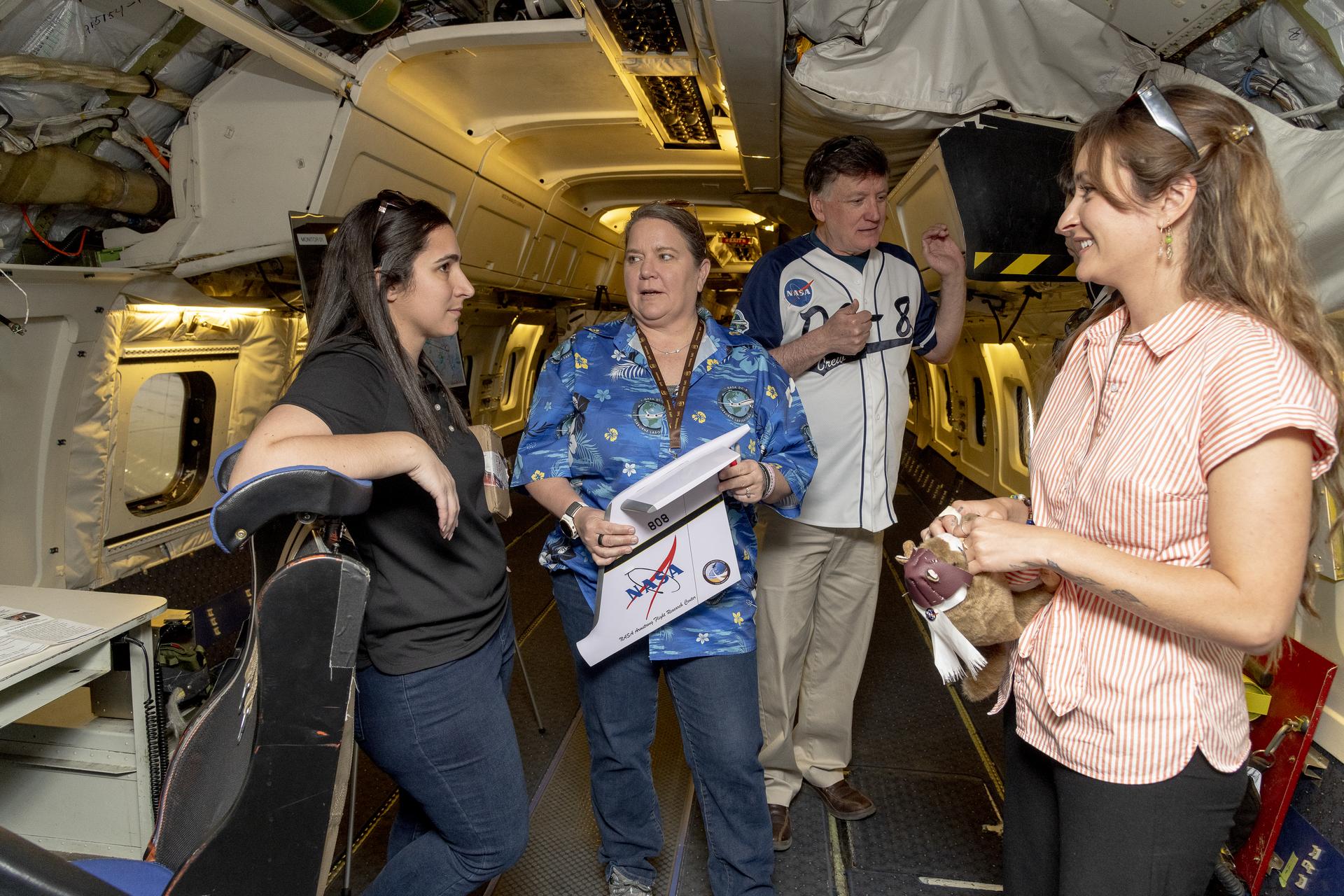 4 min read NASA Teammates Recall Favorite Memories Aboard Flying Laboratory Article 1 day ago
4 min read NASA Teammates Recall Favorite Memories Aboard Flying Laboratory Article 1 day ago 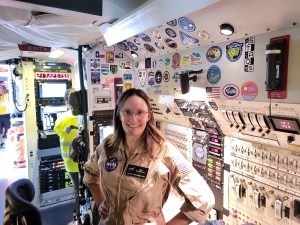 5 min read Meet NASA Women Behind World’s Largest Flying Laboratory Article 2 days ago
5 min read Meet NASA Women Behind World’s Largest Flying Laboratory Article 2 days ago 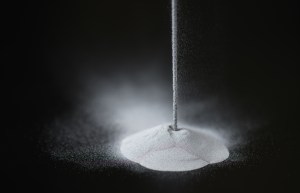 3 min read NASA Licenses 3D-Printable Superalloy to Benefit US Economy Article 6 days ago
3 min read NASA Licenses 3D-Printable Superalloy to Benefit US Economy Article 6 days ago 

